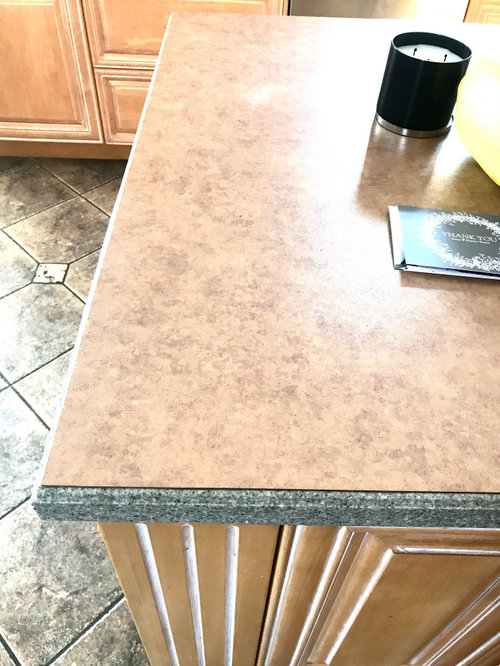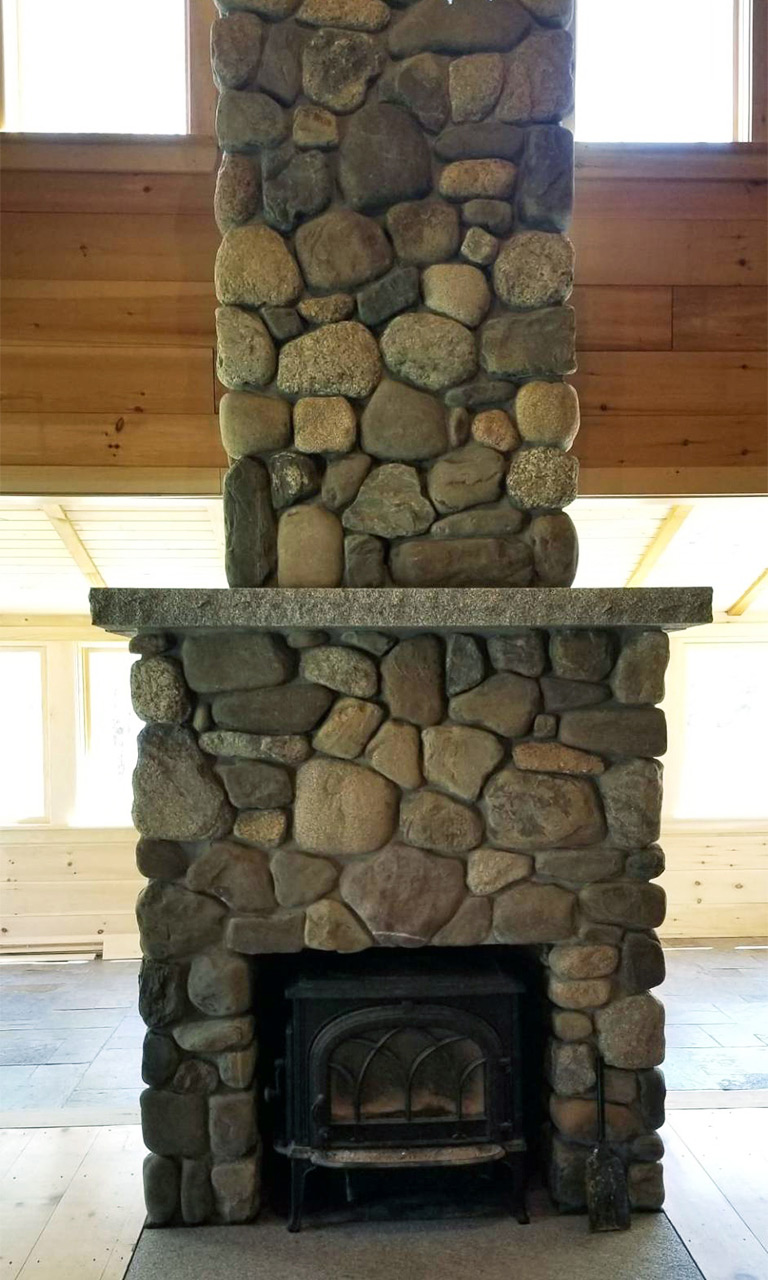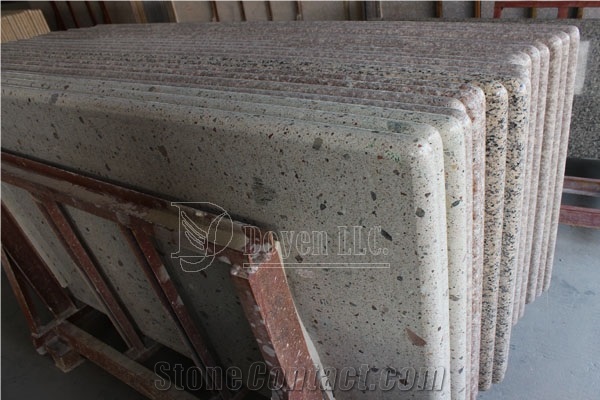Comprehensive Guide On Bluestone Kitchen Countertops
Bluestone kitchen countertops are gaining popularity for their unique aesthetic appeal and durability. Bluestone, a type of sandstone characterized by its blue-gray hue, adds a rustic yet elegant touch to any kitchen space. In this comprehensive guide, we’ll explore everything you need to know about bluestone countertops, from their composition and benefits to maintenance tips and design considerations.

Understanding Bluestone
Bluestone is a natural stone quarried primarily in the northeastern United States, particularly in states like New York and Pennsylvania. It is formed from sedimentary layers of sand and clay that have been compressed over millions of years. The distinctive blue-gray color of bluestone comes from mineral deposits such as iron oxide and feldspar present in the stone.
Bluestone is renowned for its durability and resistance to heat, making it an excellent choice for kitchen countertops. It has a smooth, non-porous surface that is easy to clean and maintain. Additionally, bluestone countertops develop a beautiful patina over time, adding to their charm and character.

Benefits of Bluestone Countertops
There are several benefits to choosing bluestone countertops for your kitchen:
Durability: Bluestone is highly durable and can withstand daily wear and tear, including heat, scratches, and stains. With proper care, bluestone countertops can last for decades, making them a long-term investment.
Aesthetic Appeal: The unique blue-gray color and natural texture of bluestone add character and sophistication to any kitchen space. Bluestone countertops complement a variety of design styles, from modern to rustic.
Heat Resistance: Bluestone is naturally heat-resistant, making it an ideal surface for placing hot pots and pans directly onto the countertop without causing damage.
Easy Maintenance: Bluestone countertops are relatively low-maintenance and easy to clean. Regular sealing helps protect the surface and maintain its appearance.

Installation and Design Considerations
When considering bluestone countertops for your kitchen, there are several installation and design factors to keep in mind:
Thickness: Bluestone countertops are typically available in various thicknesses, ranging from 1 to 3 inches. Thicker slabs provide a more substantial appearance and may be preferred for larger kitchen islands or areas with heavy use.
Sealing: Bluestone is a porous material and requires sealing to protect against stains and moisture absorption. Depending on the specific type of bluestone and finish, sealing may be required annually or as needed.
Edging Options: Bluestone countertops can be customized with different edge profiles to suit your design preferences. Popular edge profiles include bullnose, beveled, and eased edges, each offering a unique aesthetic.
Color Variations: Keep in mind that bluestone is a natural material, and variations in color, texture, and veining are to be expected. Embrace these natural variations as they add to the beauty and authenticity of the stone.

Maintenance Tips
Proper maintenance is essential to preserve the beauty and longevity of bluestone countertops. Here are some maintenance tips to keep in mind:
Regular Sealing: Apply a high-quality stone sealer to bluestone countertops to protect against stains and moisture penetration. Follow the manufacturer’s recommendations for sealing frequency.
Avoid Harsh Cleaners: Use mild, pH-neutral cleaners specifically formulated for natural stone surfaces when cleaning bluestone countertops. Avoid acidic or abrasive cleaners that can damage the stone.
Clean Spills Promptly: Wipe up spills and stains immediately to prevent them from penetrating the stone surface. Blot spills with a clean, damp cloth rather than wiping, which can spread the spill.
Use Cutting Boards: While bluestone is durable, it can still be susceptible to scratching from sharp objects. Use cutting boards or trivets to protect the surface when chopping or placing hot cookware.

Common Mistakes to Avoid
When selecting and caring for bluestone kitchen countertops, it’s essential to avoid common mistakes that can compromise their appearance and durability:
Neglecting Sealing: Failing to seal bluestone countertops regularly leaves them vulnerable to stains and moisture damage. Be sure to follow the manufacturer’s recommendations for sealing frequency.
Using Harsh Cleaners: Harsh cleaners containing acids or abrasives can etch or dull the surface of bluestone countertops. Stick to gentle, pH-neutral cleaners formulated for natural stone.
Not Using Cutting Boards: Cutting directly on bluestone countertops can scratch or damage the surface. Always use cutting boards or trivets to protect the stone.
Ignoring Color Variations: Bluestone is a natural material with inherent color and texture variations. Embrace these variations as part of the stone’s unique beauty rather than expecting a uniform appearance.

Are bluestone countertops suitable for outdoor kitchens?
Yes, bluestone countertops are well-suited for outdoor kitchens due to their durability and resistance to the elements. However, proper sealing and maintenance are crucial to protect against moisture and weathering.
Can I cut directly on bluestone countertops?
It’s not recommended to cut directly on bluestone countertops, as sharp objects can scratch or damage the surface. Always use cutting boards or trivets to protect the stone.
How often should bluestone countertops be sealed?
The frequency of sealing bluestone countertops depends on factors such as usage and exposure to moisture. As a general guideline, it’s recommended to seal bluestone countertops annually or as needed.
Can I repair chips or scratches on bluestone countertops?
Minor chips or scratches on bluestone countertops can often be repaired with a stone repair kit or by a professional stone restoration specialist. However, prevention is key, so avoid cutting directly on the surface and use cutting boards or trivets.
Are bluestone countertops expensive?
Bluestone countertops can vary in price depending on factors such as thickness, quality, and installation complexity. While they may be more expensive than some countertop materials, many homeowners consider them a worthwhile investment due to their durability and timeless beauty.

Dennis J. King, Masonry, Inc., Maine Masonry Contractor, Granite, Marble, Quartz, Cambria

Blue Pearl Granite Kitchen Countertop, Soapstone Backsplash from United States – StoneContact.com

Vivid Blue Granite Countertops

Bluestone Kitchen Countertops

Need ideas to go with blue countertops

Laminated Full Bullnose Edge Kitchen Granite Countertop, Brazil Yellow Granite Countertops from

Kitchen: Blue Bahia Granite Island – Traditional – Kitchen – New Orleans – by LaBruyere Stone

Related Posts:
- Replacing Kitchen Countertops With Granite
- How To Cut A Countertop For A Kitchen Sink
- Kitchen Laminate Countertops Ideas
- Where To Buy Cheap Kitchen Countertops
- Virtual Kitchen Countertops
- How To Replace Kitchen Countertop Laminate
- Remodel Kitchen Countertops Yourself
- Cheap Kitchen Countertop Makeover
- Black Tile Kitchen Countertops
- Stained Concrete Kitchen Countertops